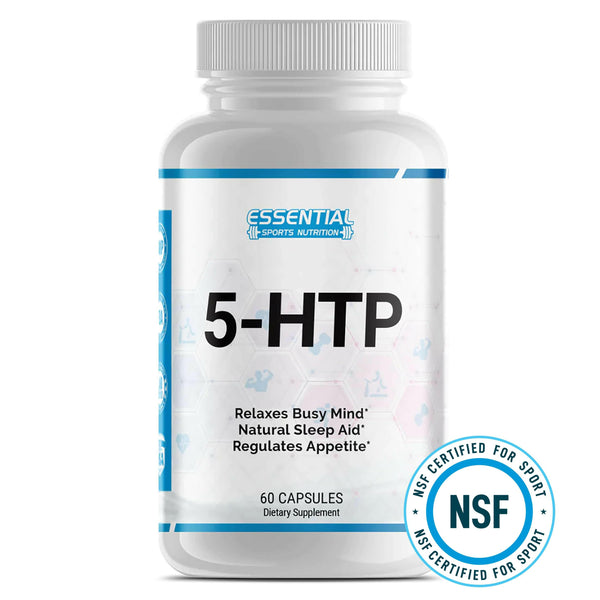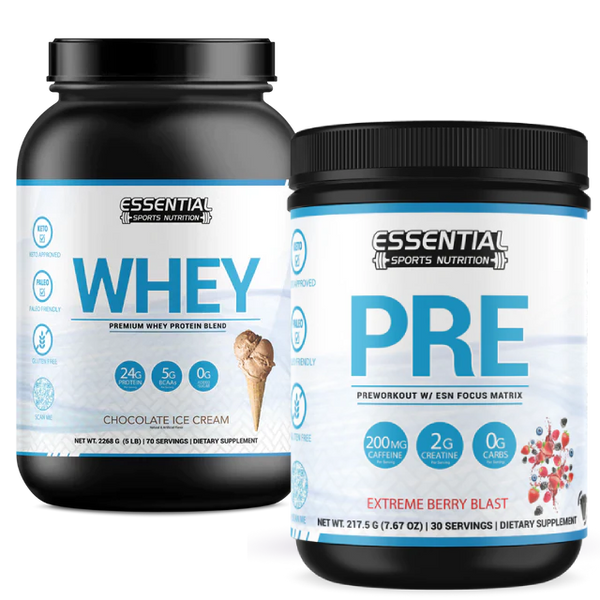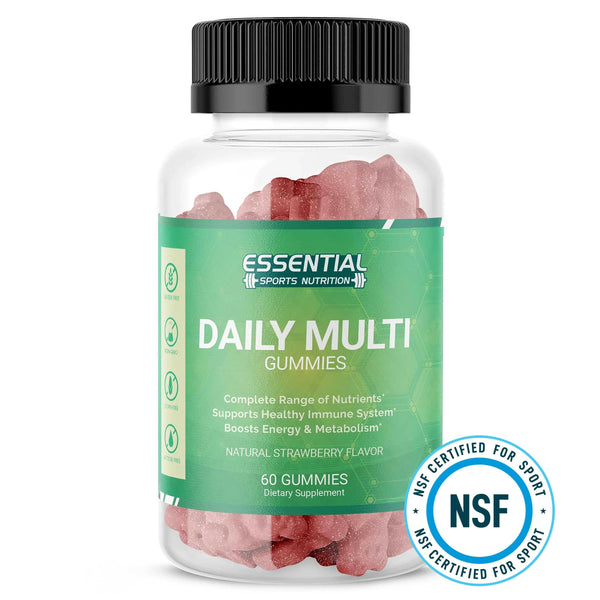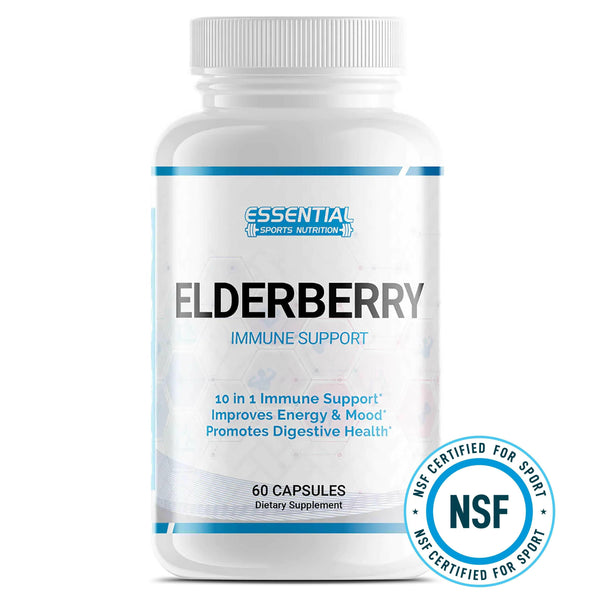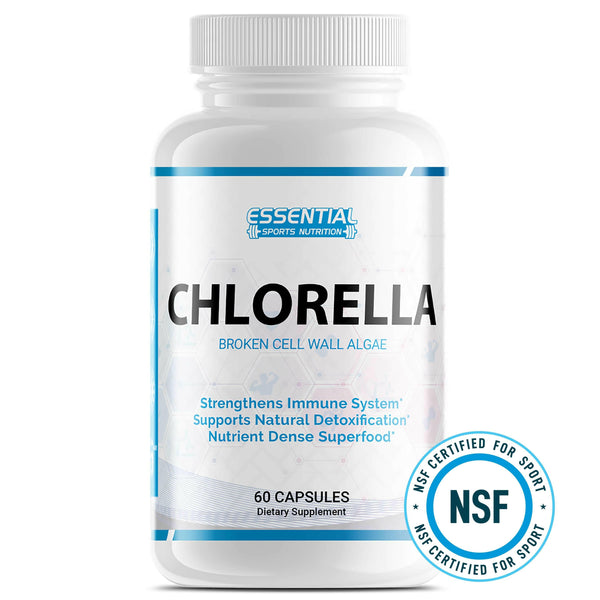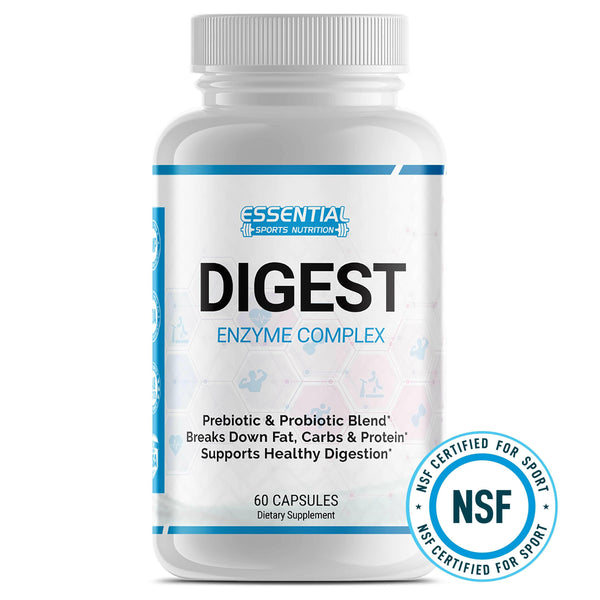Cupping Therapy Benefits, Uses, Side Effects: Ancient Healing Method
Have you ever been curious about the myriad of alternative therapies that come with a storied past and contemporary acclaim? Cupping therapy might be the wellness enhancement you're looking for. This ancient therapy, which can be traced back through the sands of time, offers a unique approach to health and is widely celebrated for its deep-tissue massage effects. Whether you're looking to supplement your health routine or you're searching for complementary health approaches, understanding the cupping therapy benefits and uses, as well as the side effects of cupping therapy, is crucial.
As you delve into the world of cupping, you might discover that this time-honored practice, frequently associated with ancient therapies, holds the key to addressing your personal health concerns. Let's explore together how this intriguing method could contribute to your overall well-being.

Key Takeaways
- Gain insight into cupping therapy, an ancient remedy for modern wellness.
- Discover how cupping can be used to alleviate pain and promote relaxation.
- Learn about the potential benefits, including increased blood circulation and stress reduction.
- Understand the variations of cupping therapy to find the best fit for your health needs.
- Educate yourself on the side effects and how to mitigate them for a safe experience.
Understanding Cupping Therapy and Its Historical Significance
The ancient art of cupping therapy is a fascinating field of traditional medicine that has traveled through the epochs of the Egyptian healing techniques, thrived within traditional Chinese medicine, and permeated Middle Eastern cultures. This form of suction therapy is not just a health craze of the modern wellness wave but a deep-seated practice rooted in historical significance and deep-tissue healing.
Ancient Roots of Cupping Therapy
The genesis of cupping therapy is as multifaceted as its applications. The heyday of this curative modality dates back thousands of years, with its hallmarks etched in the ancient manuscripts such as the Ebers Papyrus, which stands today as a testament to the longevity and efficacy of these early health practices.
Evolution of Cupping Techniques Over Time
Time has been a catalyst for the evolution of cupping techniques. Ancestral methods saw the use of primitive tools like animal horns, which were later replaced with refined materials such as bamboo and ceramic. The progression from these rudimentary implements to contemporary devices is the storyline of an enduring therapy adapting to the chapters of medical advancement.
Modern Interpretations and Implementations
Today's practitioners wield a fusion of traditional expertise and innovative tools. Rubber pumps, for instance, have modernized vacuum suction, a core component of cupping therapy, to meet the demands of a diverse clientele seeking holistic healing. Its widespread use in domains such as traditional Chinese medicine signifies its established role in complementary and alternative health practices globally.
| Time Period | Materials Used | Cupping Methods |
|---|---|---|
| Ancient Civilizations | Animal horns, bamboo | Manual suction |
| Medieval Times | Ceramic | Heat-induced suction |
| Modern Day | Glass, silicone | Rubber pump vacuum suction |
As you delve into the echelons of history, you encounter the seamless marriage of the past and present within the realm of cupping therapy—a true portrayal of the adage, 'old is gold', reciprocating through time and tradition to manifest in our modern quest for wellness.
Materials and Methods of Cupping Therapy

When you delve into the practice of cupping therapy, you'll discover a fascinating range of materials and techniques at play. The choice of cups and methods used can impact not only your comfort but also the potential benefits and experiences of the therapy.
Variety of Materials Used in Making Cups
The world of cupping therapy is rich with a diversity of materials each offering unique properties to cater to the specific types of therapies. Traditionalists might opt for earthenware cups echoing ancient practices, while those seeking a more modern approach could choose flexible silicone cups for their adaptability and ease of use.
Dry vs. Wet Cupping: The Different Techniques
Understanding the distinction between dry cupping and wet cupping is vital for anyone interested in this form of therapy. Dry cupping focuses purely on suction, drawing gently on the skin. In contrast, wet cupping goes a step further and may involve therapeutic bleeding, a technique designed to cleanse the body.
Role of Heat and Suction in Therapy
Heat is an integral aspect of fire cupping, one of the most traditional methods where glass cups are used, and a strategic flame creates the vacuum needed for the therapy. It's a delicate balance of warmth and pressure, integral to achieving the full spectrum of this healing art.
| Cup Material | Recommended Use | Associated Technique |
|---|---|---|
| Glass Cups | Heat Retention for Fire Cupping | Fire Cupping |
| Silicone Cups | Flexibility & Movement | Dynamic Cupping |
| Bamboo Cups | Historical Practices, Mild Suction | Dry Cupping |
| Earthenware Cups | Echoing Ancient Rituals | Wet/Dry Cupping |
Whether it's the robust glass cups that withstand the dance of flames or the tactile nature of bamboo cups, each material and cupping technique offers a doorway to ancient healing traditions that are now reimagined for contemporary wellness practices. It's important to discuss with your therapist which types of cupping therapy and suction cups are right for you, considering both your health needs and personal comfort.
Diving Into the Benefits of Cupping Therapy
Exploring the various advantages of cupping therapy can be quite enlightening, especially when considering its potential for improving personal health and well-being. This age-old technique, renowned for its ability to relieve a plethora of physical and mental stressors, offers a natural avenue for those seeking alternatives to traditional medical interventions.
Cupping Therapy for Pain Relief and Muscle Tension
If you have experienced persistent pain or muscle tension, cupping therapy may be an option worth considering. Particularly beneficial for those suffering from back or neck pain, cupping works by enhancing blood flow to the targeted regions and loosening up tight muscles. Your body's response to the gentle pressure of the cups can help to alleviate the discomfort often associated with muscle stiffness and injuries.
Stress Reduction and Improved Well-Being
In the fast-paced world we live in, finding methods to reduce stress is crucial for maintaining overall health. Cupping therapy offers a distinctive form of relaxation, akin to the principles behind a deep tissue massage, guiding you towards a state of enhanced well-being and tranquility. Many find the practice not just physically rejuvenating, but also mentally soothing, as it can be a time to focus on oneself and dispel the day's pressures.
Detoxification and Immune Function Enhancement
While the detoxifaction capabilities of cupping therapy may lack scientific substantiation, its proponents argue that the process helps to draw out impurities from the body. This cleansing notion pairs nicely with the idea of invigorating the immune system. By possibly promoting better local blood circulation, cupping therapy could be viewed as a stimulant to the body's natural defense mechanisms, offering a dual benefit of purification and protection.
In closing, the benefits of cupping therapy, spanning from muscle tension relief to immunity boost, make it a compelling choice for those interested in alternative health practices. Whether you seek stress reduction, a sense of enhanced well-being, or other cupping benefits, this time-tested method may hold a key to unlocking your body's inherent healing capabilities.
Exploring the Therapeutic Uses of Cupping

Whether you're dealing with persistent health conditions or seeking ways to enhance your physical performance, cupping therapy has become a recognized form of treatment within the integrative health community. Through its various applications, this ancient therapy may offer relief and improvement for a myriad of ailments. As you delve deeper into the therapeutic world of cupping, you may discover an alternative health option that resonates with your wellness journey.
Potential Ailments Addressed by Cupping
Imagine if the tension from your back pain or neck pain could be alleviated through a non-invasive method. Cupping therapy uses techniques that may target these discomforts as well as other health conditions, providing a sense of reprieve from headaches, migraines, and knee pain. It's even applied to certain dermatological conditions such as acne, positioning itself as a versatile tool in the therapeutic landscape.
Sports Recovery and Performance Enhancement
For those of you who lead an athletic lifestyle, the importance of recovery and performance enhancement cannot be overstated. Discover how cupping for athletes is gaining traction as a means to potentially support sports recovery. The idea is that by improving circulation and reducing muscle soreness, this technique contributes to a quicker return to training sessions and competitive events, aiding your ongoing quest for peak performance.
Cupping as an Adjunct to Other Treatments
Cupping therapy's adaptability shines when it's integrated with other forms of treatments. Whether combined with acupuncture to control anxiety, medications for facial paralysis, or physical therapies for chronic pain management, cupping in integrative health settings aims to amplify therapeutic outcomes, enhancing the wellness experience for those seeking a multifaceted approach to healing.
While cupping therapy has garnered attention for its diverse uses, it's vital to recognize the ongoing need for comprehensive research. Understanding how this ancient art harmonizes with modern health practices will continue to shape its role within integrative and alternative medicine.
Insights on How Cupping Therapy Works
You may wonder how this ancient complementary therapy does its work. The fundamental premise relies on the application of cups to the skin, creating a vacuum-like suction thought to increase blood flow and foster a more robust energy flow. The methods and effects of this intriguing treatment have long been topics of both practical application and scientific curiosity.
The Science Behind Suction and Blood Circulation
The principle behind cupping therapy's ability to enhance blood circulation lies in the body's response to the suction created by the cups. This vacuum effect is more than just a physical sensation; it plays a critical role in heme oxygenase-1 activation, a process that has been associated with inflammation reduction and the protection of blood vessels. As the cups adhere to the body, they draw the skin upward, a movement believed to cause a surge in blood flow to the targeted area. This localized increase in blood circulation is often cited as a significant factor in the effects of cupping, providing not just immediate relief but also aiding in the longer-term healing of underlying tissues.
Effects on the Body's Qi and Energy Flow
In the context of Traditional Chinese Medicine (TCM), cupping therapy work extends beyond physical mechanisms, intertwining deeply with the concept of Qi—the vital energy or life force that circulates within the body. By creating suction on specific points, cupping is said to unblock and guide Qi, restoring a harmonious energy flow. This balance is essential for your body's health in TCM, where disruption of Qi is frequently linked to illness. Cupping, as a complementary therapy, is thus employed not only to promote physical healing but also to correct energetic imbalances, making it a multidimensional approach to wellness.
Although the effects of cupping therapy, including its influence on Qi and blood circulation, have anecdotal support, the scientific community endeavors to provide more quantifiable data. From studies exploring the release of muscular tension to those examining cell-level changes after treatment, cupping continues to be an area ripe for research. As understanding evolves, so does the potential to optimize cupping as a complementary therapy alongside conventional medicine.
Whether you're exploring cupping for its traditional roots or its purported health benefits, understanding the interplay between suction, blood flow, and energy flow is essential. As awareness grows, so does appreciation for the intricate ways cupping therapy aims to harmonize the body's intricate systems.
The Cupping Experience: What to Expect During a Session

Preparing for your cupping session begins with understanding what to anticipate from the cupping therapy experience. Whether you opt for static, dynamic, or flash cupping, each method offers unique sensations and benefits tailored to your personal health journey.
Types of Cupping: Static, Dynamic, and Flash
Static cupping involves placing cups on a chosen area of your body and leaving them in place. This is contrasted by dynamic cupping, where cups are moved around to target more tissue, and flash cupping, characterized by quick applications and removals, for a more invigorating effect. Each technique offers different benefits, and during your preparation phase, you and your therapist will decide which is most suitable for you.
Consultation and Selection of Suitable Techniques
Before the cups touch your skin, a consultation is critical. The therapist will assess your health condition to select the appropriate cupping technique. Together, you'll discuss goals and comfort to ensure your cupping therapy experience is both beneficial and enjoyable. Communication with your therapist will help in selecting the right method, be it the deeper pressure of static cupping or the calming motion of dynamic cupping.
Immediate Sensations and Post-Cupping Skin Changes
During the session, you may feel a tightening as your skin lifts into the cups—a defining aspect of the cupping sensations. Post-treatment symptoms can include reddening or bruising due to the suction, which typically fades within a few days. Being informed about the possible skin changes post-session can help you navigate and understand the cupping process more comfortably.
| Type of Cupping | Sensations During Session | Post-Treatment Symptoms |
|---|---|---|
| Static Cupping | Tight, sustained pressure | Bruising or discoloration |
| Dynamic Cupping | Moving pressure, massage-like | Mild irritations or temporary marks |
| Flash Cupping | Quick suction and release | Minimal to no skin changes |
Understanding these aspects of cupping will help prepare you for a comfortable and positive cupping therapy experience. Keep these considerations in mind as you approach your session and remember that a skilled therapist is key to a tailored and effective treatment.
Contraindications and Cautions with Cupping Therapy

While cupping therapy offers compelling benefits for many, its suitability is not universal. Recognizing the conditions that could limit or completely negate the efficacy and safety of this complementary medicine approach is crucial. Whether you're considering cupping for relaxation, pain management, or as an adjunct to other treatments, understanding the caveats and ensuring a careful approach will serve your health best.
Health Conditions That May Influence Therapy Outcomes
Perhaps you're curious about how cupping might interact with existing health issues. Consultation with your health care provider is a step you cannot afford to skip. Known cupping contraindications include but are not limited to skin infections, blood disorders, or certain chronic conditions. It's imperative to have a clear understanding of how cupping might affect your specific health scenario.
Importance of a Professional Assessment Prior to Cupping
Distinct health profiles and individual concerns necessitate a uniquely tailored approach to cupping therapy. Your journey begins with a transparent cupping therapy assessment conducted by a skilled practitioner. This initial evaluation will not only clear the doubts regarding complementary medicine precautions but will also craft a session that respects your body's limits while catering to your wellness objectives.
- A thorough review of your medical history
- Assessing potential risk factors for adverse reactions
- Personalizing cupping methods to accommodate individual health statuses
Adopting these precautions will assist in harnessing the full potential of cupping therapy safely and effectively. Remember, a preventive mindset is key when integrating complementary therapies into your health regimen.
Cupping Therapy Outcomes: Reported Benefits and Skepticism

As you navigate through the world of alternative therapies, you may find yourself considering the merits of cupping therapy. Known for its distinctive circular marks, cupping has been touted for an array of health benefits. However, alongside the reported positive outcomes, there’s an undercurrent of skepticism that calls for a critical evaluation of the effectiveness of cupping.
Observations from Clinical Studies and Trials
It's in the examination room of cupping therapy clinical trials where anecdotal evidence meets scientific scrutiny. Clinical studies on cupping therapy have shown it might offer relief for various conditions, from muscle aches to respiratory issues. In these controlled environments, participants have experienced improvements indicative of cupping’s therapeutic effects, contributing to the growing list of reported benefits of cupping.
Addressing the Potential for Bias in Cupping Research
Yet, as promising as these reports are, the validity of such results is frequently debated. The reason for concern lies with cupping research bias, a notable challenge in ensuring the reliability and integrity of study results. This bias can stem from factors such as the placebo effect or researchers' expectations influencing outcomes. It tasks the scientific community with the duty to eliminate as much subjectivity as possible, thereby producing conclusive evidence that can withstand the scrutiny of both the medical field and proponents of alternative therapy skepticism.
In your quest for health and wellness, it's essential to carefully weigh the purported outcomes against the need for more conclusive, unbiased research. Understanding the intricacies of cupping therapy's effectiveness can help you make more informed decisions about incorporating this ancient practice into your healthcare regimen.
Side Effects and How to Mitigate Them

While many embrace cupping therapy for its wellness benefits, it's important to be aware of the potential side effects of cupping therapy. Even with a practice as historic as cupping, there are risks involved, ranging from mild to severe. Common side effects can include skin discoloration, bruising from cupping, slight burns, and discomfort during or after the treatment. Although rarer, there's also the possibility of skin irritation and infections. Fortunately, these side effects can often be minimized or prevented with proper care and precautions.
Common Side Effects of Cupping
Cupping therapy side effects are generally temporary and can often be seen as a sign that your body is responding to the treatment. The marks, color changes, and mild soreness are typical reactions due to the suction process. Some individuals may experience more pronounced bruising or slight discomfort, which usually dissipates within a few days to a week. It's crucial to monitor your body's reaction and to communicate any concerns with your therapist.
Best Practices for Post-Treatment Care
Post-cupping care is an essential aspect of the therapy to ensure that you reap the benefits while minimizing potential complications. Keeping the area clean and protected, for instance, is paramount. Applying antibiotic ointment and covering with bandages may aid in infection prevention if the skin's surface has been compromised. Follow your practitioner's aftercare instructions closely, such as avoiding strenuous activity or exposure to extreme temperatures, to promote healing and comfort post-treatment.
Preventing Infections and Other Complications
To guard against more serious cupping therapy risks, such as infections, make sure your practitioner adheres to stringent hygiene protocols. Properly sterilized equipment is vital, especially when techniques like wet cupping are involved, where the skin is intentionally punctured. Seek out a health professional who is not only trained and experienced in cupping services but also transparent about their procedures and the measures they take for the safety and efficacy of your treatment. This proactive approach towards managing your wellness can greatly diminish the risks of complications and leave you feeling secure in your health choices.
Conclusion

Cupping massage therapy has become an increasingly popular alternative treatment in recent years. Studies show it can help relieve pain, relax muscles, improve blood flow, and reduce inflammation. The suction from the cups boosts blood circulation to the area being treated. This facilitates healing and the removal of toxins and waste. Many patients report feeling an immediate sense of relaxation and wellbeing after a cupping session.
However, there are some considerations with this therapy. The suction can leave temporary marks or bruises on the skin that can last over a week. Proper hygiene practices must be followed to prevent infection. Cupping should be avoided by people on blood thinners or with bleeding disorders. It's best to start gently with lighter suction and shorter treatment times. Finally, while cupping shows promise, more rigorous research is needed on its efficacy, especially long-term. Care should be taken when making claims of medical benefits. Overall though, many find cupping to provide symptom relief in a safe, non-invasive manner when performed by trained professionals.
Preparing for Your Cupping Therapy FAQs
Q: What is cupping therapy?
A: Cupping therapy is an ancient alternative medicine technique that involves placing special cups on the skin to create suction. This suction helps to increase blood flow, promote healing, and relieve pain in the body.
Q: How does cupping therapy work?
A: Cupping therapy works by creating a vacuum inside the cups, which draws the skin and underlying tissues upward. This suction effect helps to stimulate blood flow, loosen muscles, and release toxins from the body.
Q: What are the benefits of cupping therapy?
A: Cupping therapy has several benefits, including pain relief, improved circulation, relaxation of muscles, reduction of inflammation, and detoxification of the body.
Q: Are there any side effects of cupping therapy?
A: While cupping therapy is generally safe, it can cause temporary side effects such as bruising, skin discoloration, and mild discomfort. These side effects usually resolve on their own within a few days.
Q: What conditions can cupping therapy treat?
A: Cupping therapy can be used to treat various conditions, including back and neck pain, muscle tension, migraines, respiratory disorders, and digestive issues.
Q: What are the different types of cupping therapy?
A: There are several types of cupping therapy, including dry cupping, wet cupping, fire cupping, and massage cupping. Each type involves different techniques and may be used for specific purposes.
Q: How can I benefit from cupping therapy?
A: Cupping therapy can benefit you by promoting relaxation, reducing pain and inflammation, improving blood circulation, boosting your immune system, and releasing tension in your muscles.
Q: What should I do to prepare for my cupping therapy session?
A: To prepare for your cupping therapy session, it is recommended to drink plenty of water, avoid eating a heavy meal before the treatment, and wear loose-fitting clothing that can be easily rolled up or removed.
Q: Can anyone try cupping therapy?
A: Cupping therapy is generally safe for most people, but it may not be suitable for individuals with certain health conditions or for pregnant women. It is best to consult with a qualified healthcare professional before trying cupping therapy.




